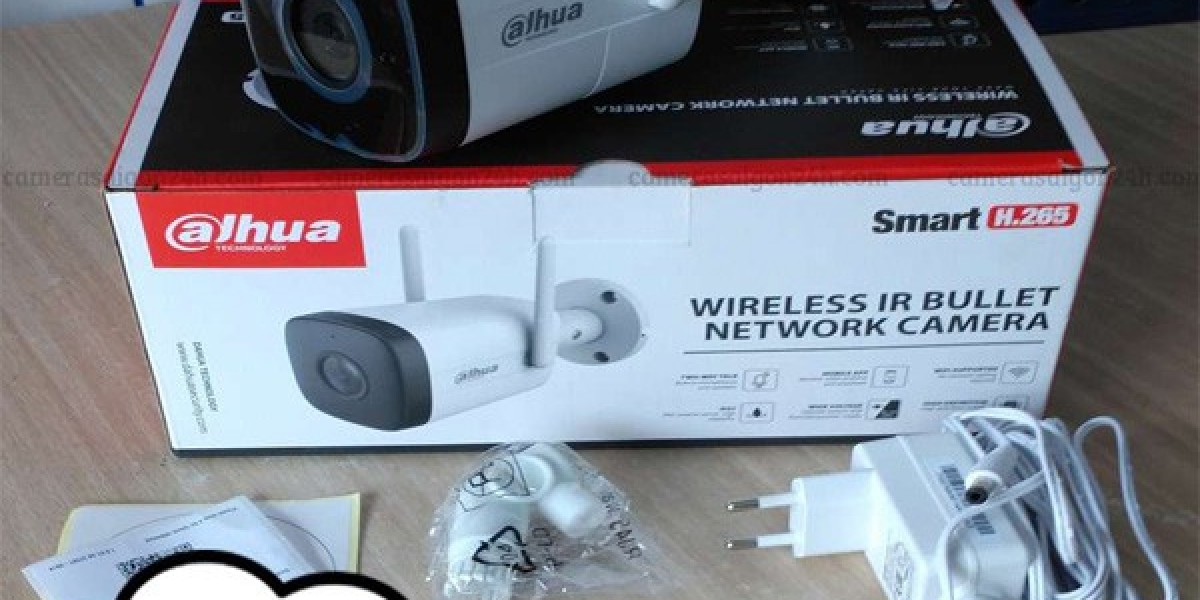The tech world is buzzing with talk about the visual AI agent, a concept that promises to change how we interact with technology. Imagine a system that doesn’t just process data but also interprets and responds to visual information in real time. Supporters hail it as a game-changing leap forward, while skeptics wonder if it’s just another flashy phrase with more hype than substance.
What Is a Visual Agent?
A visual agent is designed to perceive and analyze the world through images, video, and visual cues. Unlike traditional systems that rely solely on text or numeric inputs, it can recognize objects, track movements, and interpret complex scenes. This capability allows it to respond in a more human-like manner to real-world situations. From guiding autonomous navigation to identifying products in a store, visual agents are being positioned as the next frontier in intelligent digital assistance.
Why Visual Understanding Matters
Visual understanding is crucial because humans naturally process most information visually. Whether it’s recognizing faces, detecting patterns, or assessing environments, our daily lives depend heavily on interpreting what we see. A system that can process visual data effectively could revolutionize industries such as retail, security, transportation, and healthcare. By bridging the gap between human visual perception and digital intelligence, these agents could offer faster decision-making, greater accuracy, and a more intuitive user experience.
Where the Hype Meets Reality
While the promise sounds impressive, the practical reality is more complicated. High accuracy in visual recognition requires massive amounts of data, fine-tuning, and context-specific adaptation. Even then, interpreting visual information is not always straightforward; lighting changes, movement, and complex backgrounds can introduce errors. This means that despite advances, a visual agent may still make mistakes in critical scenarios. The technology holds potential, but its reliability and scalability in everyday applications remain important questions to answer.
Potential Risks and Limitations
Any technology that processes visual data raises privacy, ethical, and operational concerns. The collection and storage of visual information could lead to misuse if not properly safeguarded. There’s also the issue of bias if a Visual AI Agent is trained on limited or unrepresentative data, its decisions may be flawed or unfair. Additionally, over-reliance on such technology could lead to gaps in human oversight, especially in sensitive areas like security or public safety. Addressing these risks is key to gaining public trust.
The Road Ahead for Visual Interaction
The future of visual interaction likely involves a blend of human judgment and machine precision. A computer-vision-powered assistant could assist in areas where speed and scale matter most, while humans handle interpretation in complex or ambiguous situations. The most successful implementations will focus on collaboration rather than replacement, combining the strengths of human insight with the efficiency of automated visual analysis. Whether the technology becomes a true game-changer or remains a niche innovation will depend on how responsibly and effectively it’s developed.









